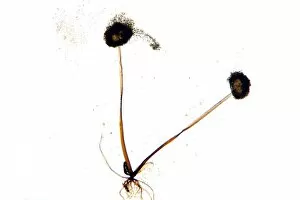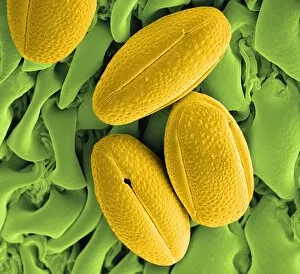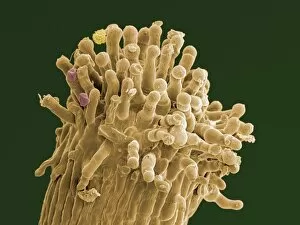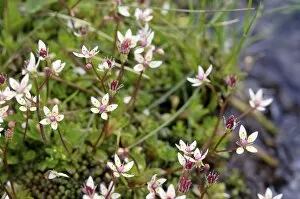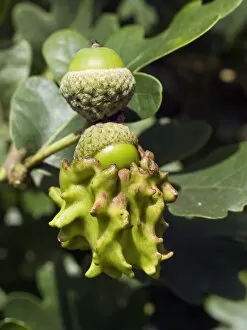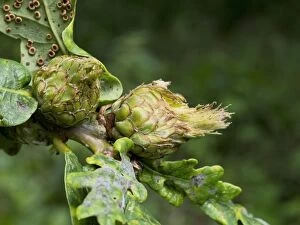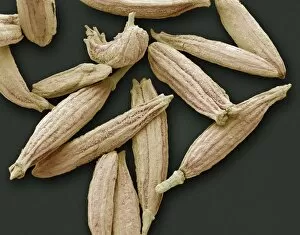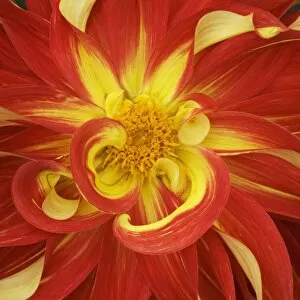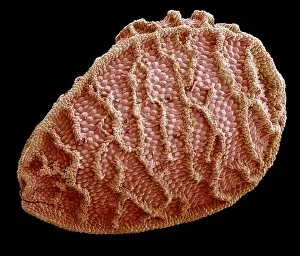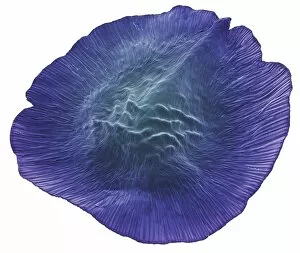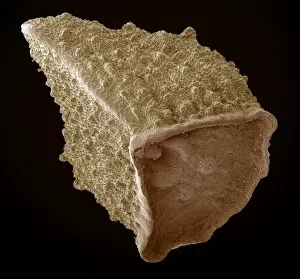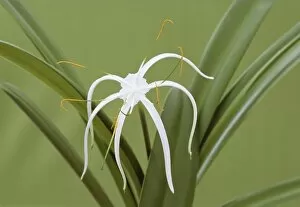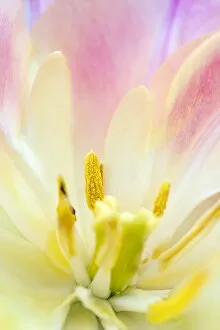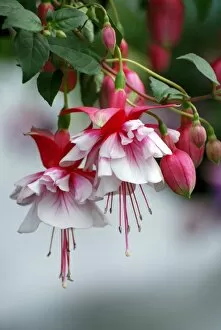Reproductive Part Collection (page 4)
"Exploring the Intricate World of Reproductive Parts
All Professionally Made to Order for Quick Shipping
"Exploring the Intricate World of Reproductive Parts: A Microscopic Journey" Embark on a fascinating journey into the hidden realm of reproductive parts as we delve into the captivating beauty and intricate structures of various plant species. From English oak acorns to delicate passion flower pollen, each image captured under a scanning electron microscope (SEM) unveils nature's remarkable mechanisms for reproduction. Witness the mesmerizing patterns and textures present in dandelion pollen grains, resembling tiny spheres adorned with delicate spikes. Philadelphia fleabane pollen grains showcase their unique shape and surface features, while gorse stigma reveals its vibrant yellow hue along with an abundance of attached pollen grains. A striking contrast emerges when lily pollen grain finds its temporary resting place on a rosemary leaf, creating an unexpected juxtaposition between two distinct botanical elements. Forsythia's bright yellow petals give way to its SEM-captured pollen grains that appear like miniature golden orbs suspended in mid-air. Marvel at chickweed's minuscule yet intricately designed pollen grains, showcasing exquisite details that are often overlooked by the naked eye. Passion flower takes center stage once again as its SEM image highlights the complex structure and interwoven threads within each individual grain. Chinese hibiscus surprises us with its vibrant red coloration and distinctive spherical-shaped pollens that seem almost otherworldly under high magnification. Bellflower adds another layer of diversity to our exploration with its own unique set of SEM-captured pollens boasting intriguing shapes and textures. Finally, we encounter thale cress flower micrograph – a stunning portrayal capturing this small flowering plant's reproductive part in all its glory. Delve deeper into this microscopic world where every detail holds significance in ensuring successful reproduction for these remarkable plants. Through these captivating images taken through powerful microscopy techniques, we gain a newfound appreciation for nature's ingenuity in propagating life itself – reminding us how even the tiniest components play a crucial role in the grand tapestry of existence.

